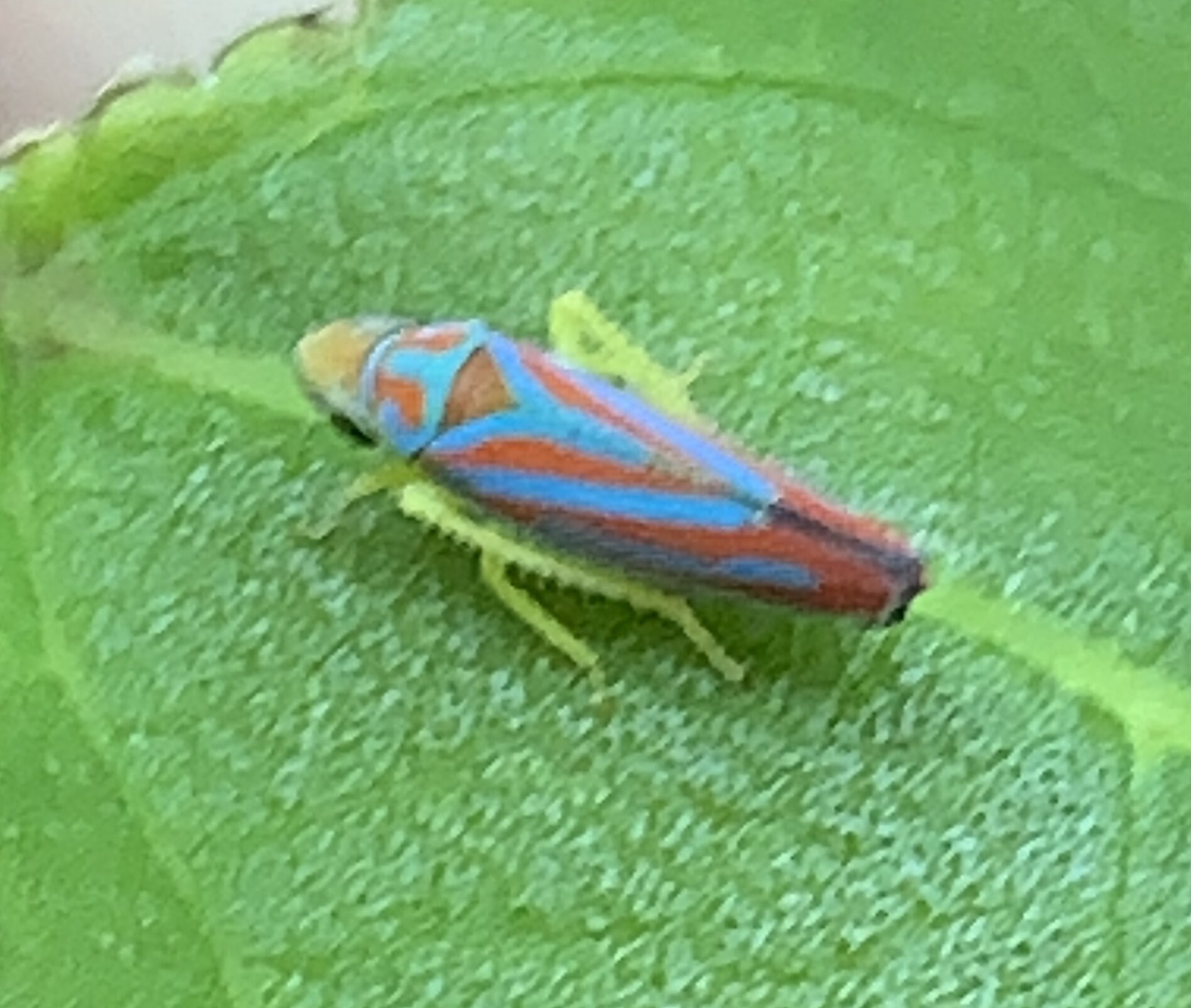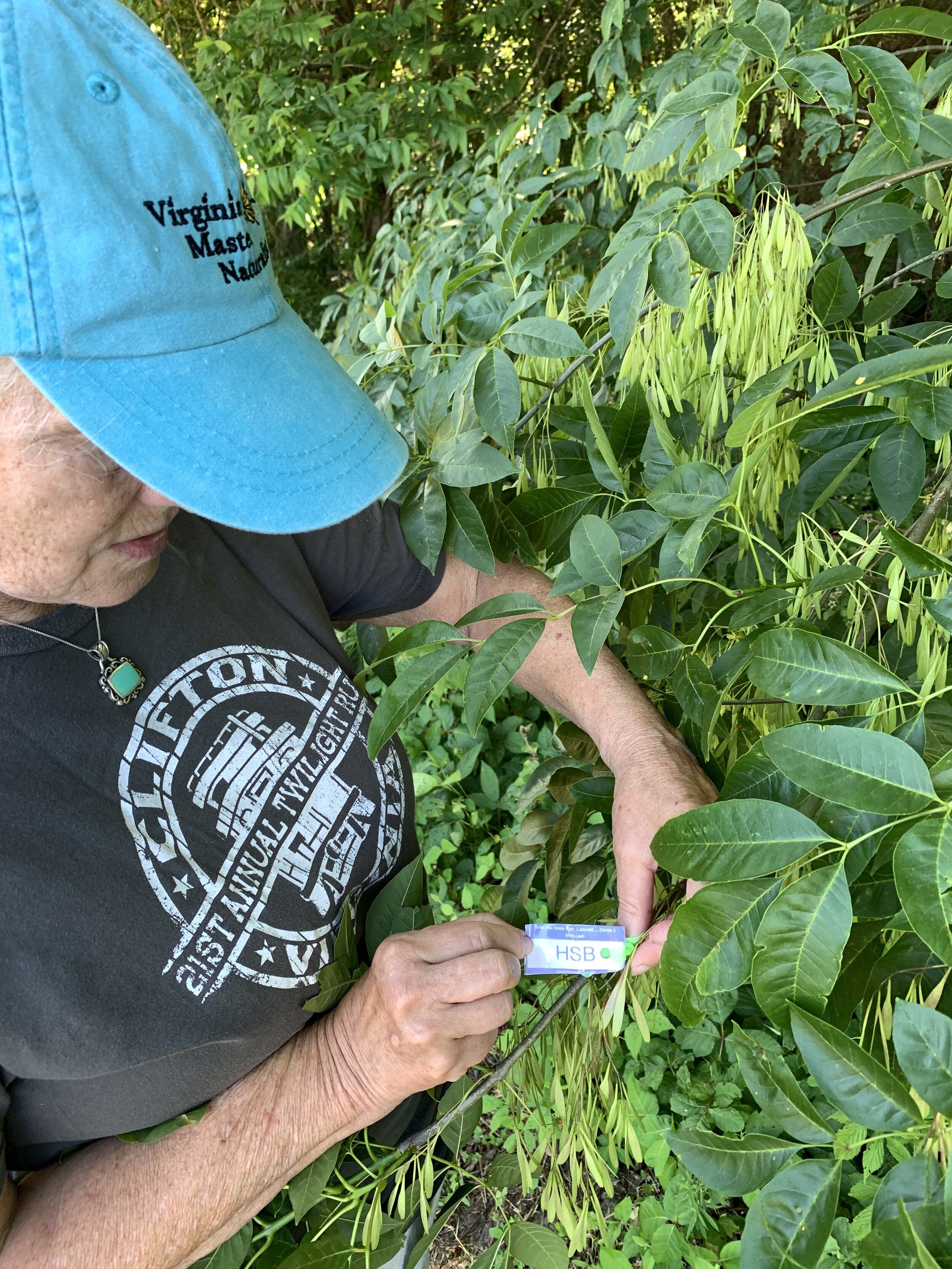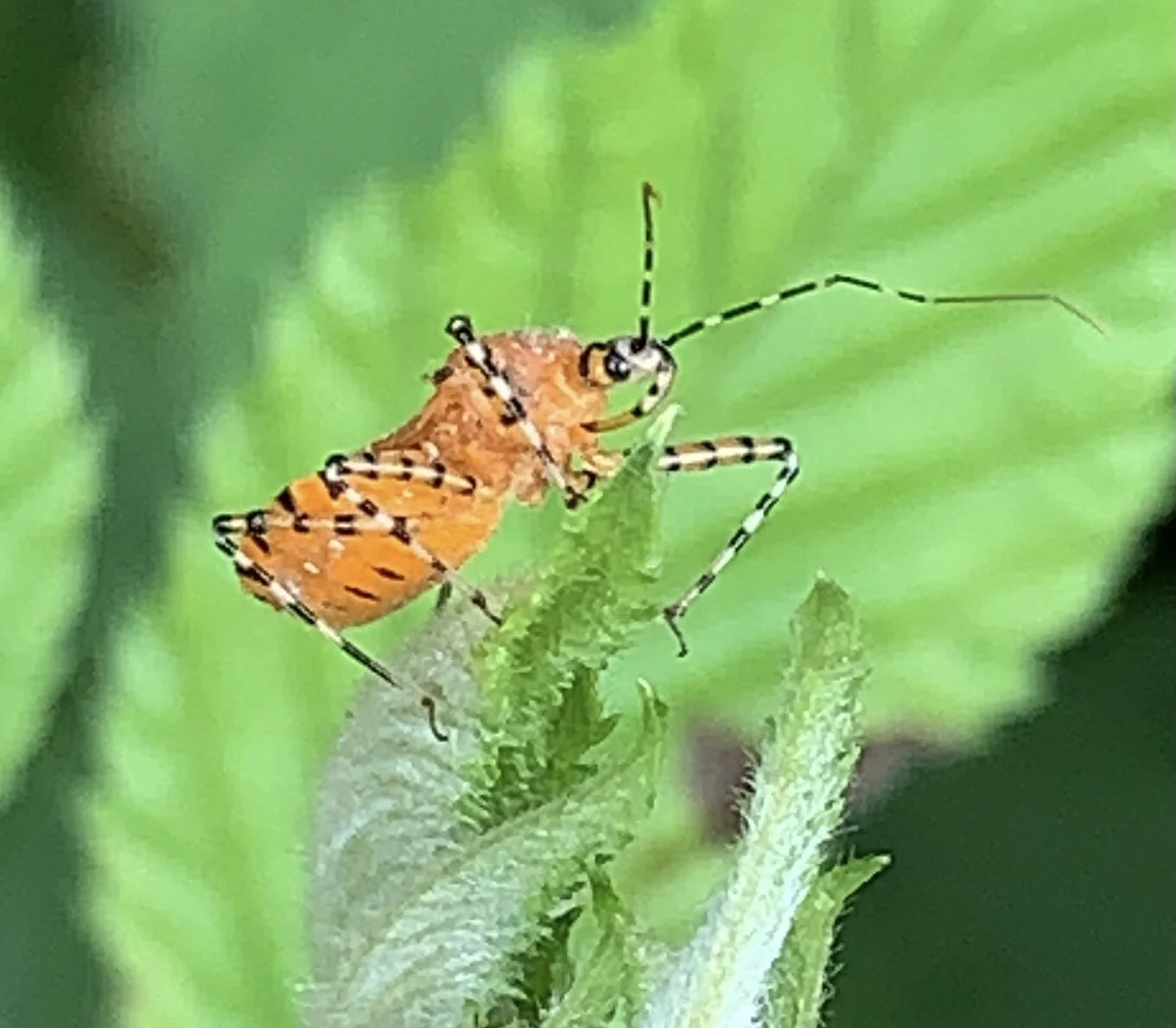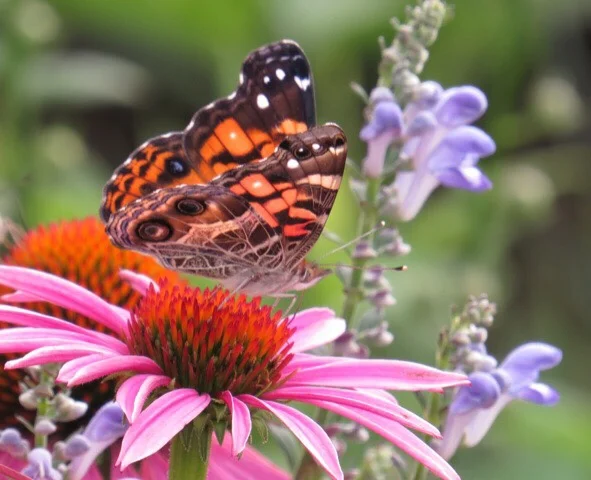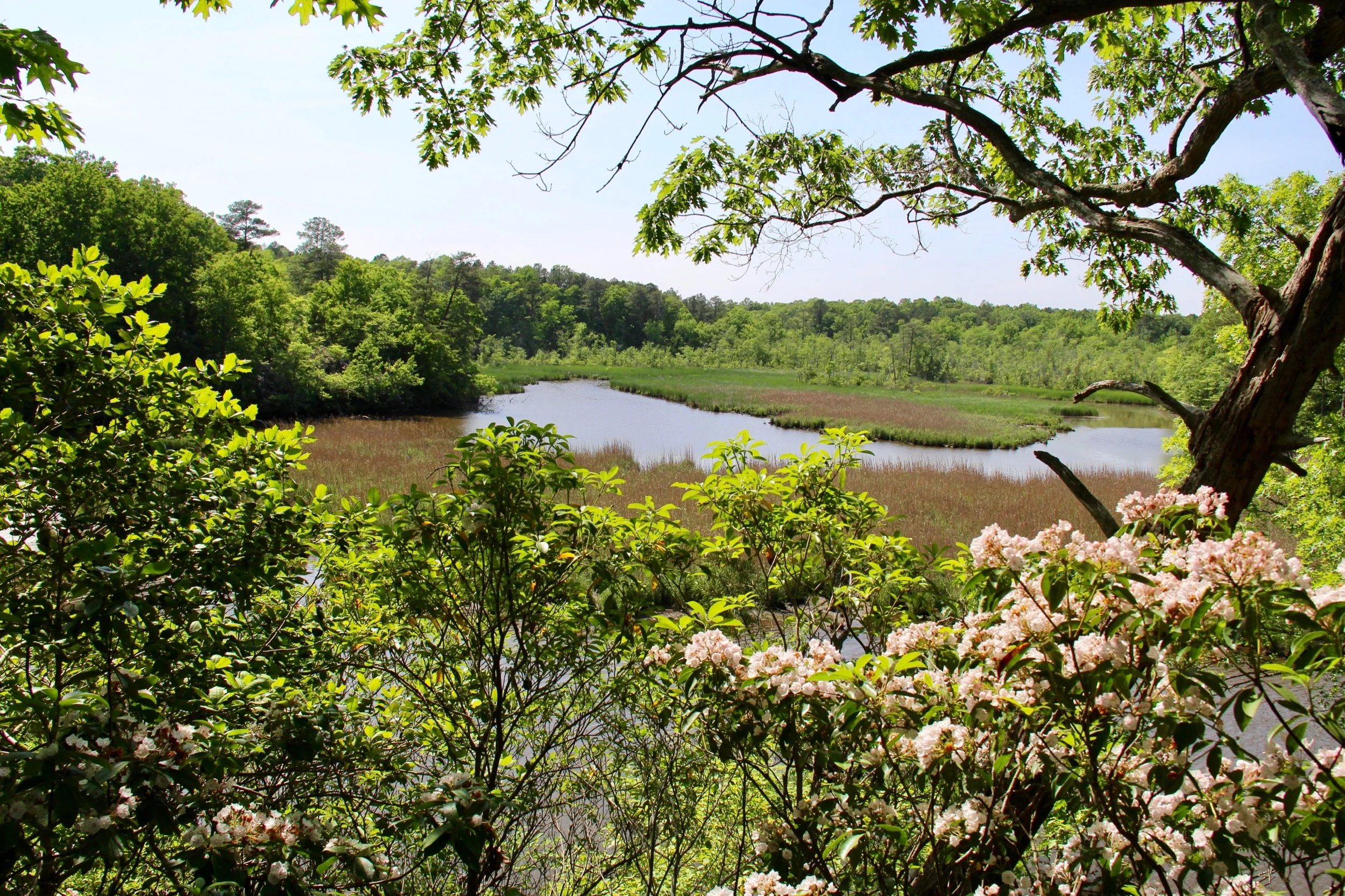American Bumblebee, Bombus pensylvanicus. photo courtesy of Judy Gallagher
PORTLAND, Ore.; Wednesday, September 29, 2021---Responding to a petition to list the American bumble bee (Bombus pensylvanicus) as an endangered species, the US Fish and Wildlife Service (FWS) issued a positive 90-day finding, indicating that the bumble bee may warrant federal protection under the Endangered Species Act (ESA). The 90-day finding initiates a formal review by the FWS, including a Species Status Assessment (SSA). The Center for Biological Diversity and the Bombus Pollinator Association of Law Students of Albany Law School submitted the petition earlier this year.
The American bumble bee, as its name implies, was once broadly distributed across much of the U.S. and has one of the widest ranges of all North American bumble bees, from southern California and the Desert West (including parts of Mexico) through the Great Plains and out to the east coast, from Florida to Canada. However, many studies suggest that the American bumble bee is declining, especially in the northern part of its range. It is listed as Vulnerable on the IUCN Red List.
The rest of the article can be found here:
https://xerces.org/press/american-bumble-bee-takes-important-step-toward-federal-protection
Check this out to read more on Bumblebee Conservation:
https://xerces.org/bumblebees
Bumble bees are beneficial and effective pollinators, helping to pollinate not only beautiful wildflowers, but also crops and gardens that provide us with nutritious fruits and vegetables. Sadly, these friendly insects are in decline due to a multitude of issues, including but not limited to, habitat loss, pesticide use, pollution, and mites. The easiest way to help bumble bees is to plant native habitat. — U.S. Forest Service
ABOUT THE XERCES SOCIETY FOR INVERTEBRATE CONSERVATION
The Xerces Society for Invertebrate Conservation protects the natural world by conserving invertebrates and their habitat. Established in 1971, the Society is a trusted source for science-based information and advice and plays a leading role in protecting pollinators and many other invertebrates. Our team draws together experts from the fields of habitat restoration, entomology, plant ecology, education, community engagement, pesticides, farming and conservation biology with a single passion: Protecting the life that sustains us. To learn more, visit xerces.org or follow us @xercessociety on Twitter, Facebook or Instagram.


